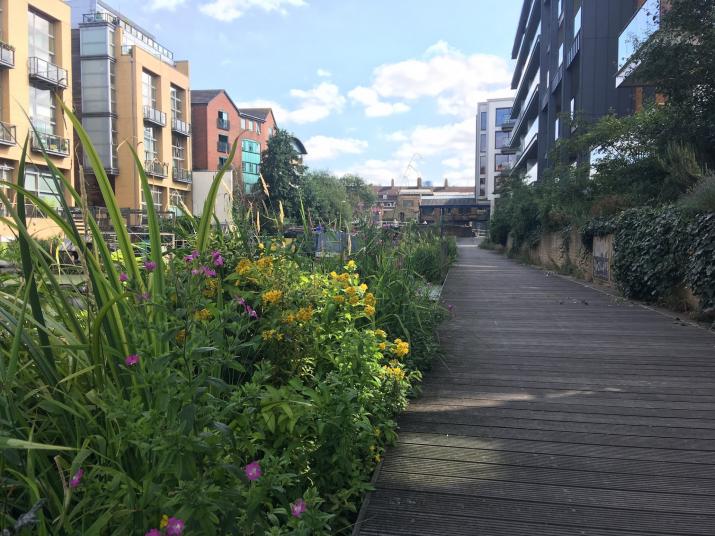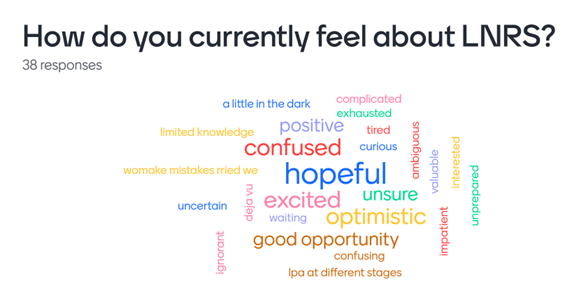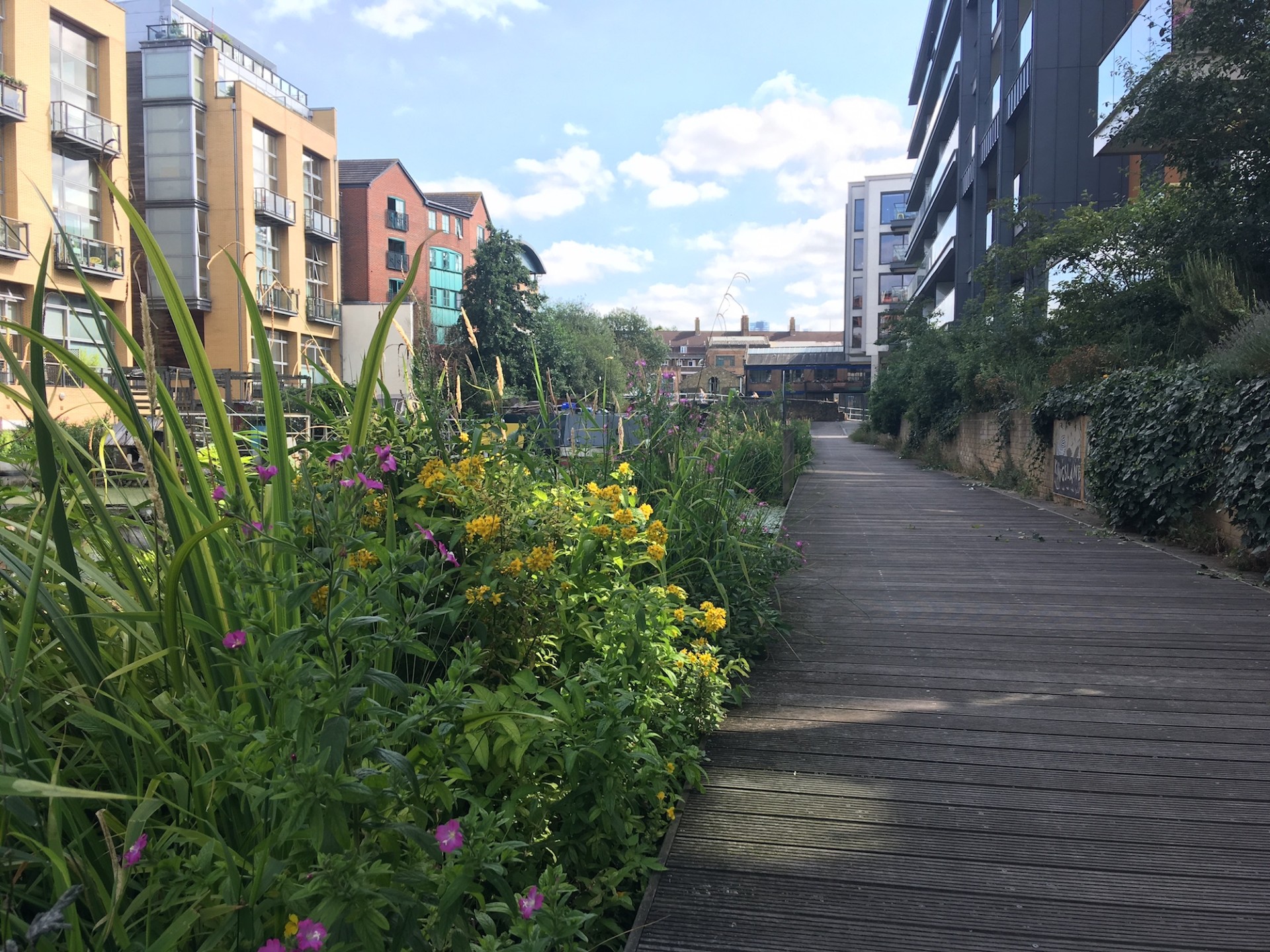
On the 8th April we held the first Landscape Connections webinar of 2024, focusing on the topic of Local Nature Recovery Strategies (LNRS). The webinar was the result of the enthusiasm of long-term ialeUK supporter, Rosie Whicheloe, from the London Borough of Sutton, and IaleUK Committee member, Geoff Griffiths, University of Reading and Landscape Matters, who both had experiences of working with local community groups on nature-focused initiatives. Rosie set the scene, highlighting her recent efforts to raise awareness of Sites of Importance for Nature Conservation (SINCs) in London, which involved wearing a sink on the tube, and pressed the need for creative communication with local communities, to get them involved with nature recovery.
The webinar was the second IaleUK event on LNRS, the first being the postgraduate workshop in 2022, and a commonality amongst audience members and speakers at both events was the desire of ecologists to ensure LNRS are not simply a repeat of the work that has already been done. Whilst there was enthusiasm and positive feelings among the audience, there were many who felt a lack of guidance and clarity around LNRS, alongside a frustration that LNRS is no different to past approaches.

Tom Butterworth, ARUP, first provided an overview of the previous efforts to map areas for nature recovery and stimulate nature restoration efforts at the national scale; Biodiversity Action Plans (BAPs) and Biodiversity Opportunity Areas (BOAs). He explained that, despite optimism in 2015 that the Biodiversity 2020 targets could be achieved, various obstacles led to the Government missing all of its biodiversity targets. Like LNRS intend to do, BAPs and BOAs mapped areas with the potential to provide value to nature if restored, and engaged in a stakeholder consultation process. However, a key difference is that LNRS are statutory, meaning every local authority in England must produce one. Tom also noted that businesses are engaging and supporting nature recovery with an enthusiasm not seen before, and he believes it is this engagement that give LNRS the potential to excel where BAPs and BOAs failed.
Geoff brought the focus down to the parish scale, outlining the work he has been involved with in West Oxfordshire, as a member of the Land & Nature Group. The group has an aim to have 30 % of the parish in a favourable condition for wildlife by 2030 and has conducted extensive mapping exercises to identify the areas with the potential to provide value to nature if restored. The parish’s extensive mapping exercises included a character assessment, identifying the unique value of ancient wooded farmlands compared to estate woodland as an example of areas of particular value. Geoff noted that, whilst being based on scientific evidence, the maps are only indicative and nature recovery work can only be achieved through agreement with landowners. The group have therefore put efforts into engagement activities, including a stand at a local festival to engage and consult with local communities. The group’s work was an excellent example of the value of parish-scale nature recovery efforts, but Geoff noted that replicating this approach across the 10,000+ parishes that exist within local authorities in England will be a massive challenge.

Gideon Corby, Wildlife Gardeners of Haggerston, provided another local-scale example of nature recovery, but one that had taken a rather different approach. Gideon’s organisation are focused on urban nature recovery, operating in a borough of London that has had no biodiversity officer since 2012. Gideon walked through some of the projects that the group have been involved with, starting with the Kingsland Basin project, where they restored this and the adjacent Regent’s Canal with a number of different planting methods, providing improved aquatic infrastructure which increased biodiversity. The group has faced several challenges, including a resistance to improving the biodiversity of the waterway as this would make urban development more difficult and so in turn, the land less valuable when the landowner wishes to sell. They also encountered a refusal to designate the Kingsland Basin as a Local Nature Reserve – a term most people understand and thus engendering respect and protection compared to the current SINC designation which few people recognise rendering it meaningless except to those in the business. There were also occasions where plants such as walls of ivy, were removed due to the preference of landowners to maintain “tidiness”. Whilst the group did not set out with the goal to win awards, the green flag award and European award for creative, ecological, urban gardening, raised their visibility and offered some power to push back and demand that the Council ask developers for some mitigation in recompense for the degradation of public greenspace.
The full LNRS webinar is available to view on our Youtube channel here.
Whilst LNRS are an initiative for England, the devolved nations have similar initiatives – check out our previous webinar on Nature Recovery Networks in Wales here.
Caitlin Lewis